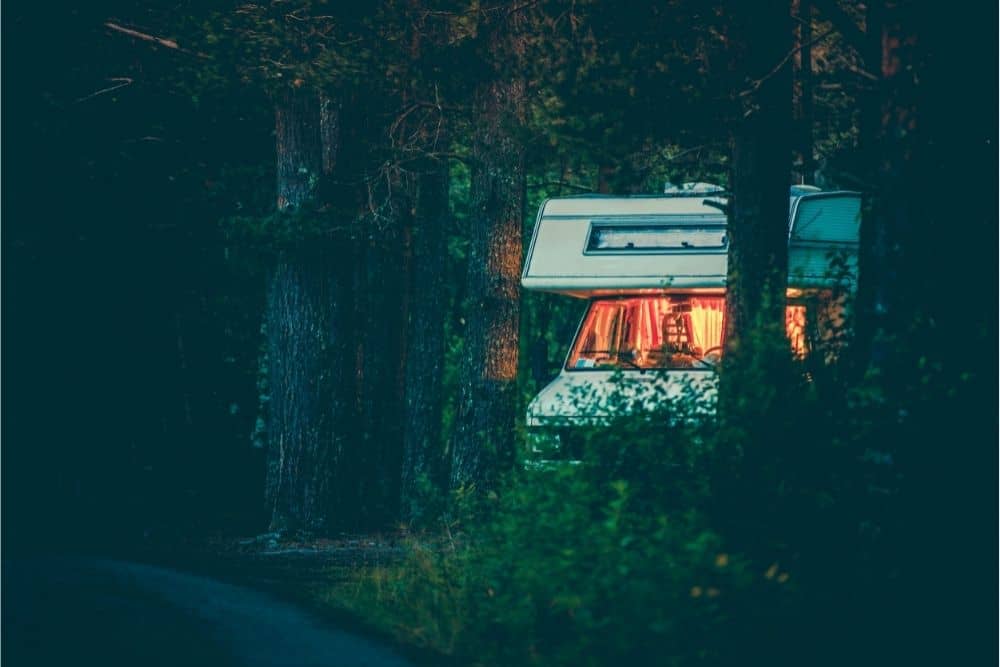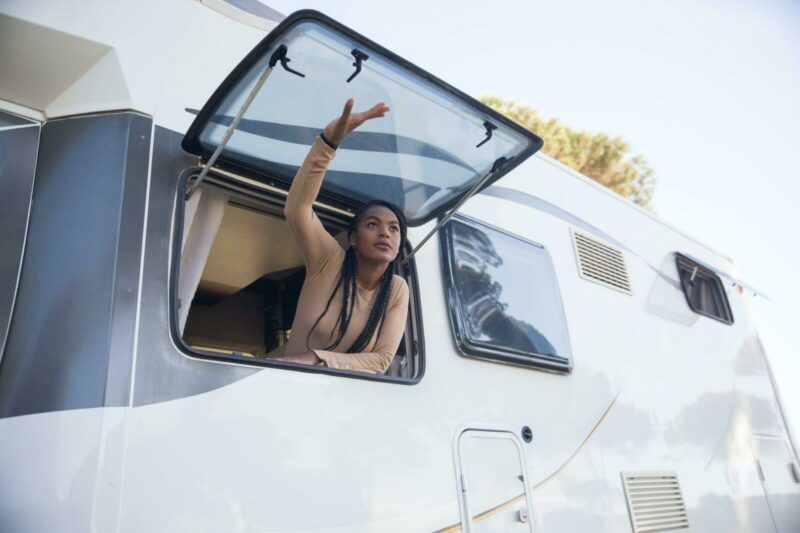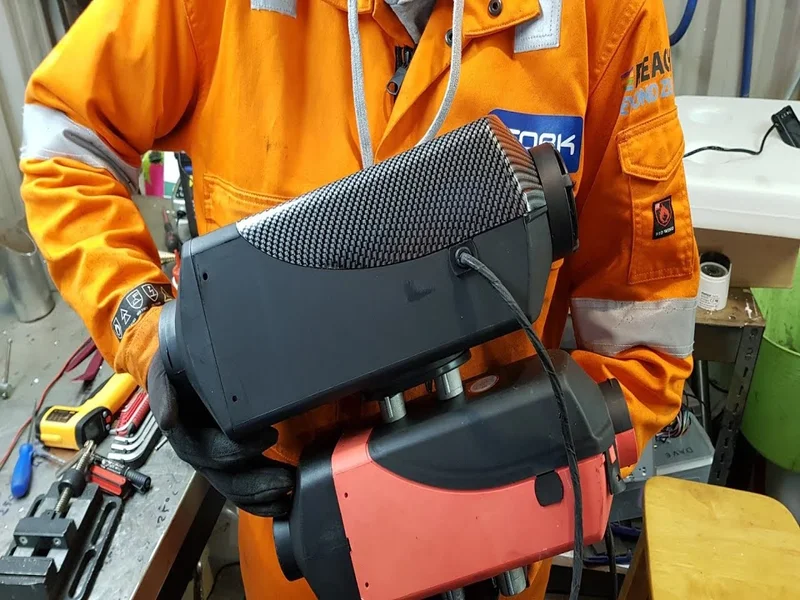If you own an RV, a term that you might have heard of is boondocking, but what exactly does that mean? There are so many different camping and RV terms that it can be difficult to stay with the times and know what they all mean.
In this article, we are going to tell you all about boondocking, so you can find out what it all means. We are also going to talk about dispersed camping and alternatives to boondocking, and everything else that you might need to know.
What is Boondocking?
Boondocking is basically a simpler form of camping, where you can free yourself from paying additional fees and being surrounded by other people. However, you will lose out on the luxury of a developed campground.
Boondocking is a great way to simply park up and sleep, which can come in really handy if you are on a tight schedule and just need somewhere to stop for the night.
Lots of people take part in Boondocking so they can stay in a lot overnight for free, as it can be a great way to save both time and money. There are lots of different options available for cheap and free camping.
Boondocking is a general camping term, but it is more commonly used by those with RVs and those with the right supplies to do it properly.
Anyone can take part in Boondocking as long as they have either a car or an RV, but if you are planning on doing this often, then you will need additional supplies, like a freshwater tank, solar panels, a cassette toilet, and external batteries.
About Boondocking
Essentially, there are two main components to Boondocking, which are how you camp and where you camp. When you boondock, you are not going to have the luxury of being connected to water, electricity, and sewer.
You only have yourself and are limited when it comes to resources. Boondocking is mostly free, but you will sometimes need a permit for it. For us, travelling a lot in Norway, there are simples rules for Boondocking or commonly called wild camping. When it comes to the ‘where’ of the situation, there is slightly more to it.
Dispersed Camping
Boondocking is essentially dispersed camping on public land. Dispersed camping means camping outside of a designated campground, on lands that are specifically managed for this purpose. You will be able to find a durable surface to park up, but that is about all you will be getting.
There are lots of different places that allow dispersed camping on some of the lands that they manage, and you can check out some of these locations by searching for them online or by checking directly with the managing agency for more information.
As soon as you have found the place to go for the night, all that’s left is to make sure that you are Boondocking both safely and responsibly.
Is Boondocking Safe?
Boondocking is considered to be one of the safest forms of camping, and even safer than staying in a designated RV park or campground. This is because of the fact that exposure to danger has more to do with where you camp, especially if there are lots of people around.
Boondockers are typically camping far away from other people, and there are much lower reports of crime associated with Boondocking than typically RV camping. Any crimes that are associated are typically from Boondocking areas that are highly populated and well-known.
Criminals tend to go to crowded areas with guaranteed targets, rather than wandering around hoping to bump into someone.
Many people turn to Boondocking simply because they feel safer when they are further away from other people, which is very interesting. The majority of crimes are born from opportunity. Someone that is trying to steal, for example, isn’t going to be looking to do so in the middle of nowhere.
How to Boondock Safely and Responsibly

Even though many people feel safer when Boondocking, there are also those that are apprehensive about the situation, especially when they are first getting started.
There are lots of things to consider when it comes to deciding whether a location is safe for Boondocking, and we will talk more about safer locations below.
If you are looking to go Boondocking out in the wilderness, it can be more difficult to find a great spot, however, if you are in a town or city and you are looking for a place to stop for the night, you can check out our list of available options below.
Walmart Parking Lots
You can stay for up to 24 hours in any Walmart parking lot, which means that you can boondock here and go shopping for supplies all at the same time. This is also an area where you will be visible to others, and many of these lots are monitored by security.
Some Walmarts are tightening their security when it comes to Boondocking, so you should make sure to check out the area in question first.
Truck Stops/Rest Areas
Another great location to consider is a truck stop or rest area, as many of these places are fine with allowing you to stay here overnight. However, there does tend to be less supervision in these places, so it is always a good idea to let someone know where you are before you settle down for the night.
As well as this, the traffic can get noisy at times in certain places. However, there are others that are in more rural locations, and you will have access to a bathroom. Check local maps for rest stops in advance and you will find a good one with toiler, tables or other facilities.
Visitors Centers
Visitor centers are typically unoccupied when it comes to the nighttime, and you might even gain access to running water and bathrooms. You should check with the visiting center before you commit to boondocking there though, just in case it is not allowed.
TrailHeads
Lots of trails will have cars parked at trailheads overnight, and this is not uncommon.
National Forests
You could also decide to park off of forest service roads, which is a great way to boondock in nature if that is more your scene.








